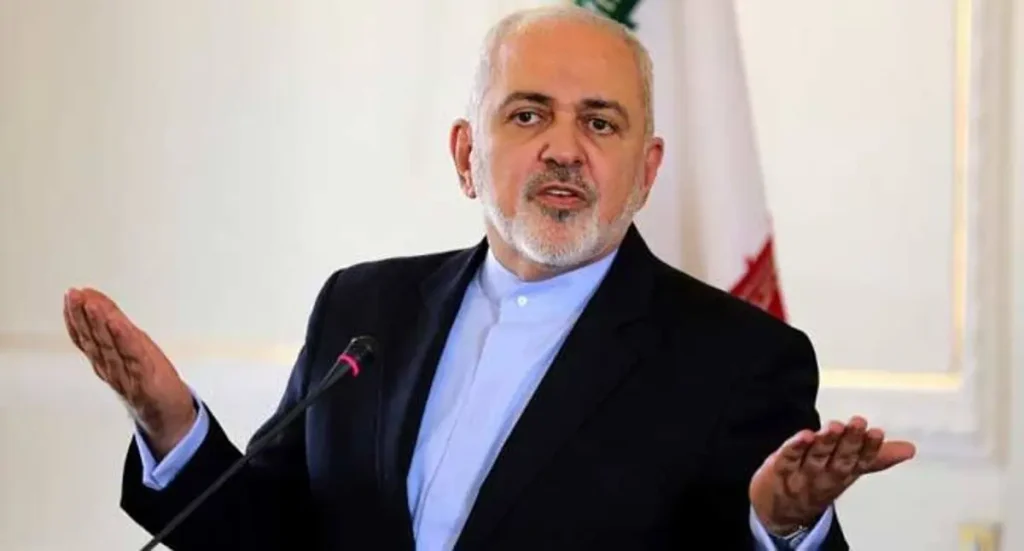
After only 11 days since his appointment, Iran’s Vice-President Mohammed Javad Zarif has tendered his resignation, marking a swift exit from President Massud Pezeshkian’s cabinet.
Expressing his dissatisfaction with his work and acknowledging his failure to meet expectations, the moderate politician made the announcement on his X platform.
Zarif hinted that his decision to step down was influenced by the selection of ministers for Pezeshkian’s new cabinet, revealing that at least seven out of the 19 nominated ministers were not his preferred choices.
This resignation adds to the challenges facing Pezeshkian, who recently faced turmoil following the assassination of Palestinian militant Hamas leader Ismail Haniyeh in Tehran.
During Pezeshkian’s presidential campaign, Zarif had been a key ally and pivotal figure in securing Pezeshkian’s victory due to his widespread popularity.
Post-election, Zarif and a team of experts were tasked with compiling a list of reform-driven candidates for government positions, a process that did not align with the final list presented by Pezeshkian on Sunday, raising concerns among observers.
Speculations suggest that certain hardline arch-conservative factions exerted influence in the selection of ministers in Pezeshkian’s cabinet against Zarif’s recommendations.
Notably, Zarif played a crucial role in shaping Pezeshkian’s foreign policy agenda, particularly in a bid to resume nuclear negotiations to alleviate the economic sanctions crippling Iran, leveraging his experience as the country’s chief diplomat from 2013 to 2021.
It was under Zarif’s leadership that Iran sealed the historic international nuclear agreement with six world powers in 2015 through the Iranian negotiating team.
With a new team of diplomats led by Zarif, Pezeshkian had hoped to reignite the nuclear talks to pave the way for lifting sanctions and reviving the Iranian economy.
